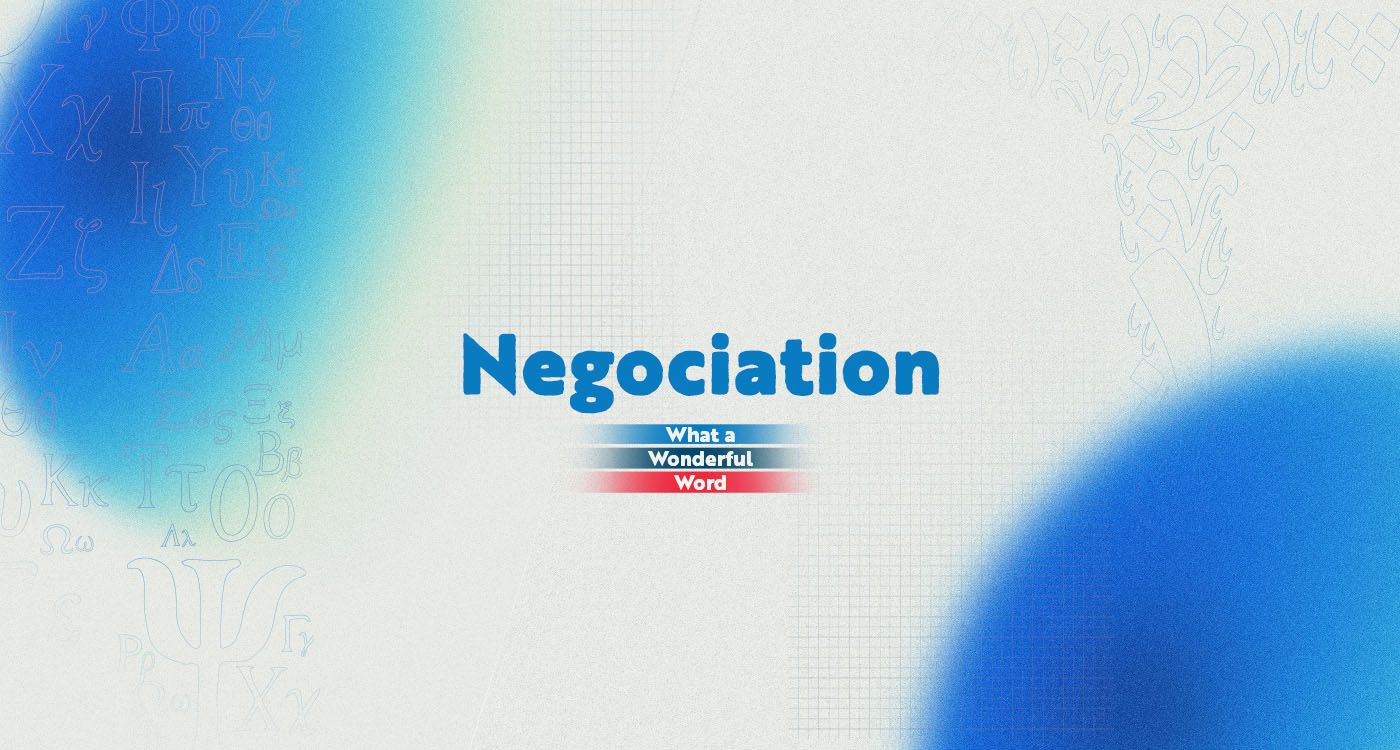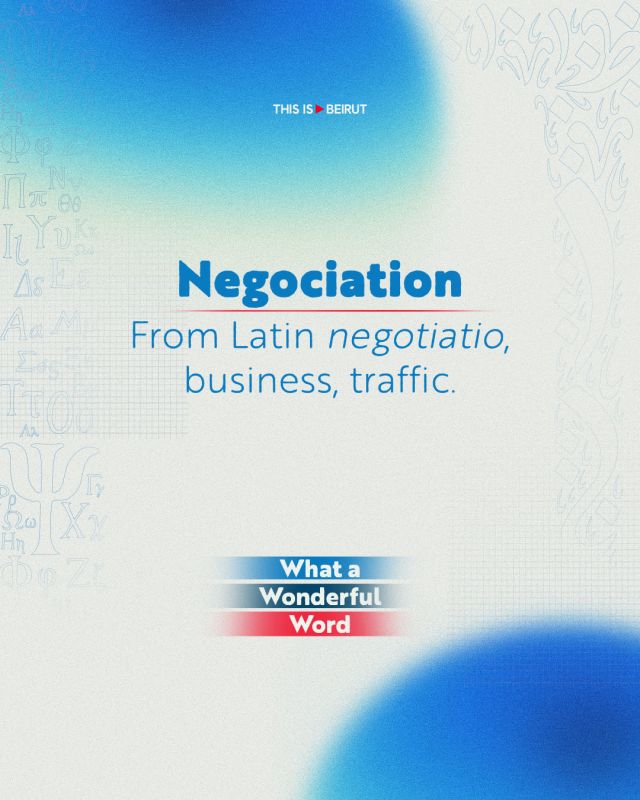
We all negotiate, every day, often without realizing it. Whether you’re convincing a child to go to bed, or debating a deadline with a colleague, you’re practicing one of humanity’s oldest arts. From prehistoric exchanges to modern ceasefire talks, negotiation is the invisible thread that binds coexistence and survival.
This week, negotiation took center stage. After nearly two years of war in Gaza, Israel and Hamas have reached an agreement on a ceasefire and the release of hostages — a breakthrough brokered in Egypt with the support of the United States, Qatar, Egypt and Turkey. The deal marks the first phase of US President Donald Trump’s 20-point peace plan for Gaza.
In a world shocked by conflict, the art of negotiation returns to the forefront. Behind every peace deal, treaty or compromise lies centuries of human bargaining, and a word whose origins trace back to how societies learn to coexist.
When Business Became Dialogue
The noun negotiation emerges in English around the early 15th century as negociacioun, meaning “a dealing with people, trafficking.” It derives from Old French negociacion, and further back from Latin negotiatio, meaning “business, traffic.”
Originally associated with commerce and trade, the meaning broadened over time. By the 1570s, in Latin usage, negotiatio had come to mean “mutual discussion and arrangement of terms.”
In the late 16th century, the verb negotiate acquired the sense of “communicate with others to reach agreement.”

From Survival to Strategy
Negotiation is as old as humanity itself. Long before diplomats sat around tables or mediators filled conference halls, early humans were already practicing forms of exchange and compromise, vital to their survival. In prehistoric communities, negotiation was the mechanism through which people managed scarce resources, resolved disputes and ensured social cohesion within tribes.
Anthropologists suggest that our very evolution owes much to this capacity. As human societies grew denser and more complex, so did our need to manage tension without resorting to violence. The brain’s development, some researchers argue, was partly driven by the necessity to “read” others – to detect deception, gauge trust and strategize outcomes. Negotiation thus became a kind of mental choreography: balancing self-interest with cooperation.
Of Wolves and Diplomats
Negotiation did not begin with Homo sapiens. Ethologists have long observed that animals engage in primitive forms of bargaining. Wolves adjust hierarchy without fatal combat, chimpanzees exchange food for grooming. Even a dog’s low growl, scientists note, is a kind of ultimatum: a warning that says, in essence, “this far and no further.”
What distinguishes humans, however, is not the act of negotiation itself, but the consciousness surrounding it. We can reason, anticipate and frame conflicts in moral or strategic terms. We have built institutions – courts, parliaments, international bodies – to manage disagreements. Yet paradoxically, we remain ambivalent about negotiation.
Why Humans Resist Negotiation
Despite its obvious necessity, many people dislike or distrust the process. Negotiation is often seen as a sign of weakness, compromise or manipulation. This emotional resistance, historians argue, is deeply rooted in human psychology. It reflects the tension between our instinct for cooperation and our fear of losing ground. Even today, while we celebrate the art of diplomacy, we tend to view the act of “making a deal” with suspicion.
And yet, from tribal councils to the latest ceasefire talks in the Middle East, history shows that negotiation remains humanity’s most enduring tool for survival. It is what keeps conflict from becoming chaos, and what turns confrontation into the possibility of peace.






Comments